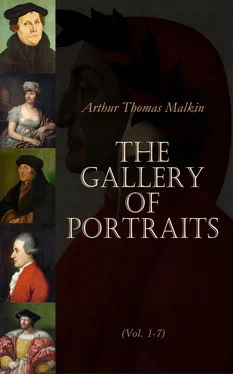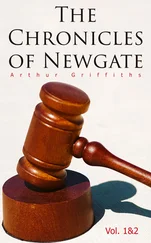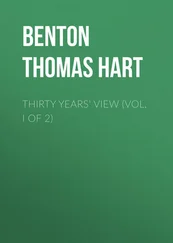The only material drawback to Newton’s enjoyment during this portion of his life, seems to have arisen from controversies as to the history and originality of his discoveries; a molestation to which his slowness to publish them very naturally exposed him. There was a long and angry dispute with Leibnitz about the priority of fluxions or the differential calculus; and, after the fashion of most disputes, it diverged widely from the original ground, and it became necessary for Newton to vindicate the religious and metaphysical tendencies of his greatest works. His success was complete on all points. Leibnitz does not appear to have been acquainted with the method of fluxions at the time of his own discovery, but there is now no doubt of Newton’s having preceded him by some years; and the attacks made on the tendency of Newton’s discoveries have long been remembered only as disgracing their author. But such discussions had always been distasteful to Newton, and this controversy, which was conducted with great rancour by his opponents and some of his supporters, embittered his later years.
The same fate awaited him in another instance. His system of Chronology had been long conceived, but he had not communicated it to any one until he explained it to the Princess of Wales. At her desire, he afterwards, in 1718, drew up a short abstract of it for her use, and sent it to her on condition that no one else should see it. She afterwards requested that the Abbé Conti might have a copy of it, and Newton complied, but still on the terms that it should not be farther divulged. Conti, however, showed the manuscript at Paris to Freret, who, without the author’s permission, translated and published it with observations in opposition to its doctrines. Newton drew up a reply which was printed in the Philosophical Transactions for 1725, and this was the signal for a new attack by Souciet. Newton was then roused to his last great exertion, that of fully digesting his system; which as yet existed only in confused papers, and preparing it for the press. He did not live to complete his task, but the work was left in a state of great forwardness, and was published in 1728 by Mr. Conduitt. Its value is well known. As a refutation of the systems of chronology then received, it is almost demonstrative; and the affirmative conclusions, if not always minutely correct, or even generally satisfactory, are yet among the most valuable contributions which science has made to history.
With the exception of the attack of 1693, Newton’s health had usually been very good. But he suffered much from stone during the last few years of his life. His mental faculties remained in general unaffected, but his memory was much impaired. From the year 1725 he lived at Kensington, but was still fond of going occasionally to London, and visited it on February 28th, 1727, to preside at a meeting of the Royal Society. The fatigue appears to have been too great: for the disease attacked him violently on the 4th of March, and he lingered till the 20th, when he died. His sufferings were severe, but his temper was never soured, nor the benevolence of his nature obscured. Indeed his moral was not less admirable than his intellectual character, and it was guided and supported by that religion, which he had studied not from speculative curiosity, but with the serious application of a mind habitually occupied with its duties, and earnestly desirous of its advancement.
Newton died without a will, and his property descended to Mrs. Conduitt and his other relations in the same degree. He was buried with great pomp in Westminster Abbey, where there is a monument to his memory, erected by his relations. His Chronology appeared, as has been already mentioned, almost immediately after his death; and the Lectiones Opticæ, the substance of his lectures at Cambridge in the years 1669, 1670, and 1671, were published from his manuscripts in 1729. In 1733, Mr. Benjamin Smith, one of the descendants of his mother’s second marriage, published the Observations on the Prophecies. These, in addition to the works already mentioned, are Newton’s principal writings; there are, however, several smaller tracts, some of which appeared during his lifetime, and some after his death, which it is not necessary here to specify. They would have conferred much honour on most philosophers;—they are hardly remembered in reckoning up Newton’s titles to fame.
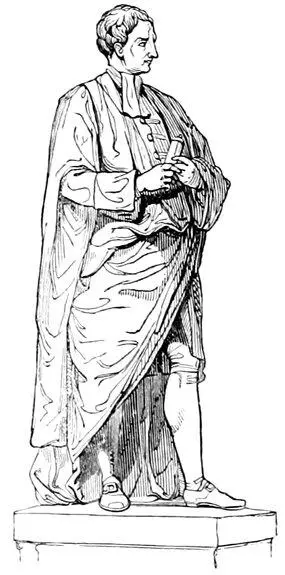
Roubiliac’s Statue from the Chapel of Trinity College.
Many portraits of Newton are in existence. The Royal Society possesses two; and Lord Egremont is the owner of one, which is engraved as the frontispiece to Dr. Brewster’s Life of Newton. Trinity College, Cambridge, abounds in memorials of its greatest ornament. Almost every room dedicated to public purposes possesses a picture of him, and the chapel is adorned by Roubiliac’s noble statue. The library also has a bust by the same artist, of perhaps even superior excellence. As works of art these are far superior to any of the paintings extant: but they have not the claim to authenticity possessed by the contemporary portraits. It is remarkable, that until the recent publication of Dr. Brewster’s life, no one had thought it worth while to devote an entire work to the history of so remarkable a man as Newton. There is, however, an elaborate memoir of him, written by M. Biot, in the Biographie Universelle, which has been republished in the Library of Useful Knowledge.
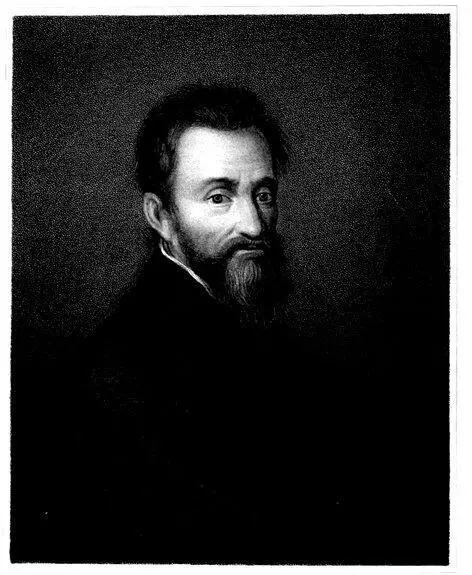
Engraved by R. Woodman. MICHAEL ANGELO BUONAROTI. From a Picture by V. Campil, in the possession of the Right Hon. Lord Dover. Under the Superintendance of the Society for the Diffusion of Useful Knowledge. London. Published by Charles Knight, Pall Mall East.

Table of Contents
Michael Angelo Buonaroti was born at the castle of Caprese in Tuscany, on March 6, 1474–5. He was descended from a noble, though not a wealthy family; and his father endeavoured to check the fondness for drawing which he showed at an early age, lest he should disgrace his parentage by following what was then deemed little better than a mechanical employment. Fortunately for the arts, the bent of the son’s genius was too decided to be foiled by the parent’s pride; and in April, 1488, young Buonaroti was placed under the tuition of Ghirlandaio, then the most eminent painter in Italy.
He soon distinguished himself above his fellow pupils, and was fortunate in attracting the notice of Lorenzo de Medici; but the early death of his patron, and the troubles which ensued in Florence, clouded the brilliant prospects which seemed open to him. He first visited Rome when about twenty-two years old, at the invitation of Cardinal St. Giorgio; and resided in that city for a year, without being employed to execute anything for his pretended patron. He obtained three commissions, however, from other quarters; one for a Cupid, a second for a statue of Bacchus, a third for a Virgin and dead Christ, which forms the altar-piece of a chapel in St. Peter’s. The latter work was the most important, and established his character as one of the first sculptors of the day.
Returning to Florence soon after the appointment of Sodarini to be perpetual Gonfaloniere, or standard-bearer, an office equivalent to that of president of the republic, he found ampler room for the development of his talents in the favour of the chief magistrate; for whom he executed the celebrated statue of David, in marble, placed in front of the Palazzo Vecchio; and another statue of David, and a group of David and Goliath, both in bronze. To this period we are also to refer an oil picture of a Holy Family, painted for Angelo Doni, and now in the Florence gallery; the only oil painting which can be authenticated as proceeding from his hand.
Читать дальше
